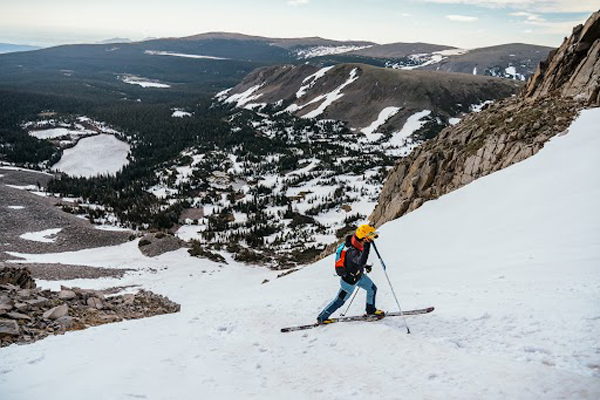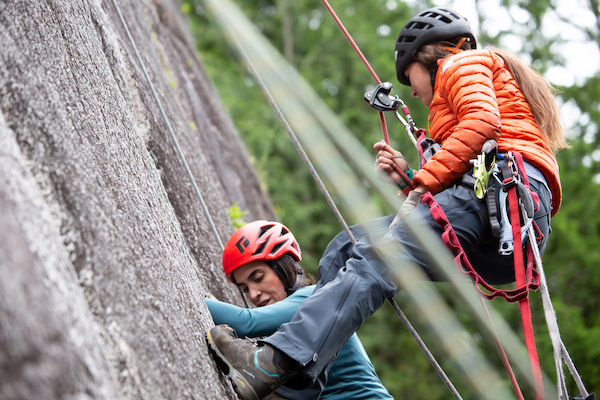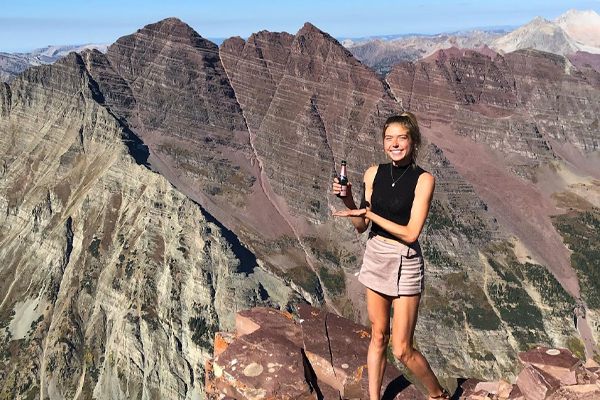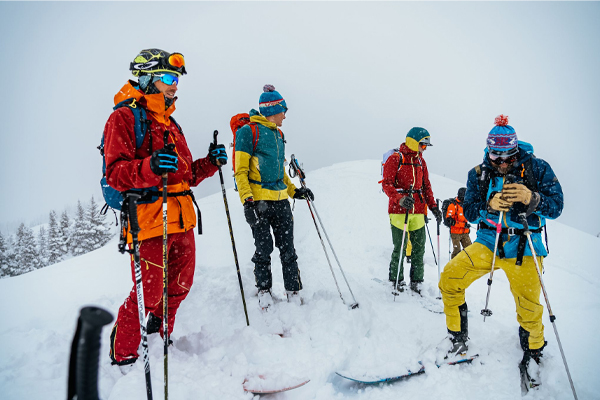Race Week Prep Tips - Kelly Wolf
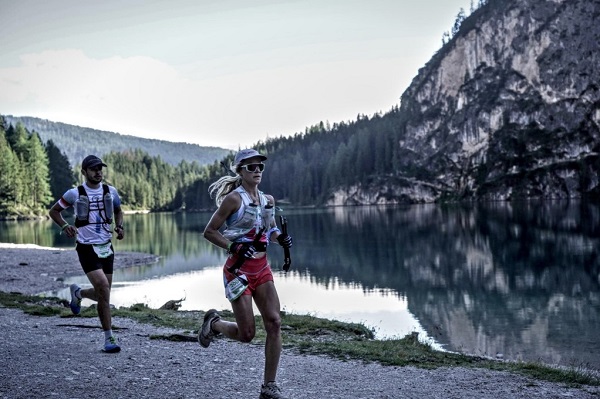
It’s finally here… RACE WEEK! You’ve put in a major block of training, you are proud of your consistency, maybe you’ve had some hiccups along the way, but you’ve made it here with the work underneath you. All that’s left is the race, and of course, the suspenseful week leading up to the big event! Sometimes the waiting is the hardest part. When you arrive in a new place it’s alluring and all too common to go out and explore and therefore overcook it instead of rest this week. It takes A LOT of discipline to bottle your excitement and trust that all the ‘chilling’ will pay off in fresh legs on race day. Do not let yourself get FOMO this week from your friends or crew members who are not racing and get to romp around. Maybe do not even go on strava- out of sight, out of mind. Just focus on YOU. Race week often feels like it’s about all the things you shouldn’t do, but here is a list of things TO DO that will fill some of the void your taper time has created while being extra beneficial to your race. This week is about putting the finishing touches on your training masterpiece, preparing you for all the details inherent to this specific event. Consider this week as crucial as any other week in your training block. Here is a list of things I make sure to do during race week in finishing up my preparations.
1. Check out the race course
a. If possible, I like to get to the race location early, at least one weekend and one week ahead of time. This allows time to do your last (tapering) long runs on sections of the course the weekend before, and scout out some additional sections during shorter runs amidst the week.
b. Getting on the course before the race not only familiarizes you with the terrain and what to expect, but it does wonders for VISUALIZING.
c. As you are running along the course on a pre-race run, visualize and imagine how you are going to be feeling when you are at that point on race day. Is it the “crux” of the route so to speak, the highest point perhaps, or some fast flat miles before the final descent to the finish? Start working on your mental space now. It is human nature that the unknown is scary, often intimidating. Or perhaps in racing, we underperform to our potential because we are being cautious of the unknowns ahead. There will always be unknowns on race day, no matter how prepared we are, but being familiar with the terrain makes the course all the friendlier in our minds (even if it is indeed rugged or steep).
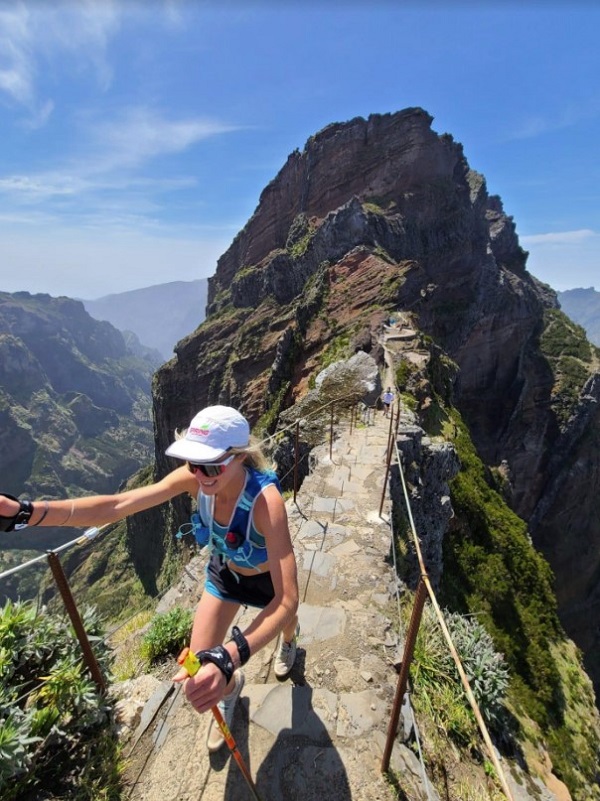
2. Go to the aid station locations with your crew
a. Make sure you have the driving route dialed and know the time/distance between each stop your crew needs to make. This helps with peace of mind for everybody, your crew member(s) and also you as the racer, having all the more confidence in your crew to be where you need them and when without unpleasant surprises on race day (arriving at a checkpoint waiting for your crew to show up is not ideal).
b. Visualization is relevant here too, even sans running. Simply visiting some of the checkpoints you will be traveling through on race day provides for clear images in your head. Having this visual information then helps to break the race down into bite-size pieces in your head for race day and gives you something to look forward to.
3. Utilize other types of movement or cross-training
a. Race week the taper tantrums can ensue. Since running mileage and volume are so decreased, we face a void of free time and are often left feeling quite antsy, sometimes niggly. To keep my body moving but without the fatigue and pounding of running, I love utilizing other types of outdoor activities. For me, climbing is a perfect taper activity. It allows me to be outside in the mountain environments I crave, moving my body, spending time with friends, allowing my mind to relax from the otherwise race-focused mentality. Essentially, climbing is the perfect distraction, physically and mentally, leading up to the race, focusing on an entirely separate way of movement.
b. Climbing also helps me get into my race-day headspace, focused on the present moment. In climbing, you are ever-attune to your presence with each move. This focus and engagement can become a transferable skill. In an ultra, you are alone with your thoughts for a long duration of time, pretty unlike many other experiences we have these days. Getting ahead of yourself in a race mentally can be a downfall, succumbing to the intimidation of what lies ahead. Focusing on your present state of being is a skill (a tough one at that, much easier said than done) and needs continual practice to be upkept. In ultrarunning, presence means focusing on what you are currently working with; not dwelling on what happened earlier; not anxious about what is to come. Being fully present is the way to mental endurance (and you’ve heard that any challenging feat is X% mental). I love that climbing and running have these mental similarities while their movements are oppositional yet complimentary.
c. Of course, if you are not a climber, race week is probably not the time to work new muscles. Other forms of cross training/movement like easy cycling, swimming, hiking, meditating, yoga, and simply spending time outdoors will all give your body and mind the opportunity for physical and mental relaxation.
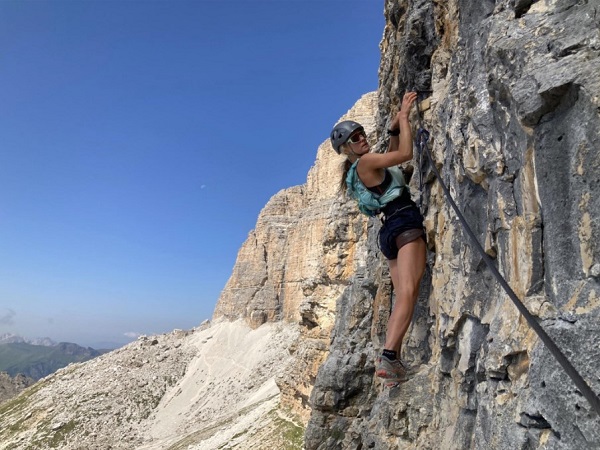
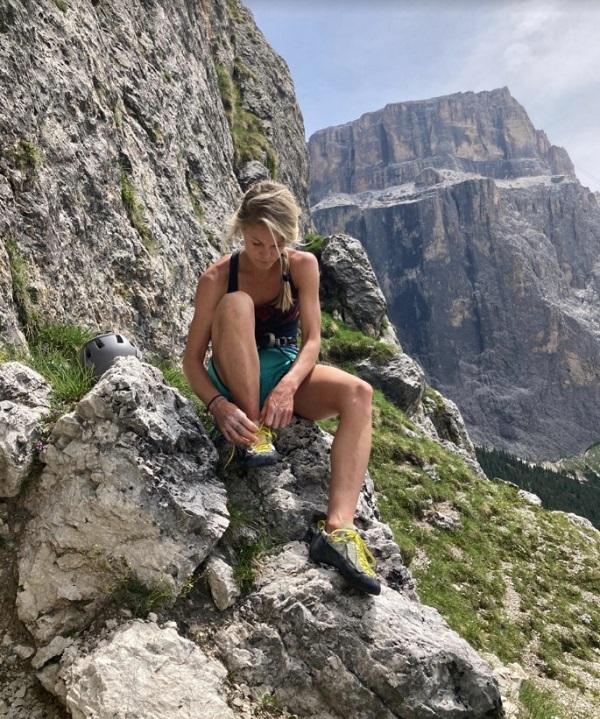
4. Draw out the course profile
a. Familiarize yourself with the course map and profile as much as possible. These are always posted, but I like to draw my own since it familiarizes me all the more. Then I make all sorts of annotations like distances between aid stations, length of climbs (and relate them to the training runs I’ve done, putting them into perspective), and potential expected times. The more you study the course, the less surprises you will have out on the course, allowing yourself to best prepare for each respective section. It’s also engaging to realize where you are, being out there in real time, in reference to the two dimensional map you poured over earlier in the week. If you remember that extra climb you have amidst the long final descent, you can plan for it rather than react to it.
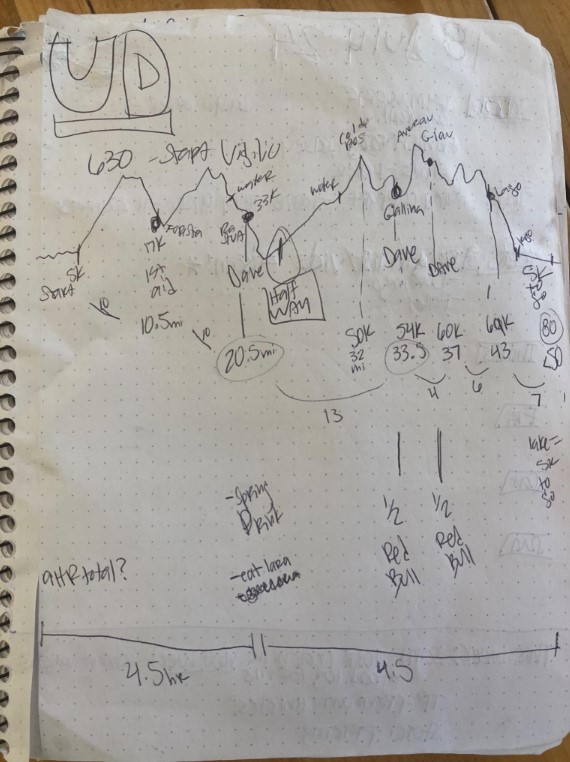
5. Give yourself a pep talk
a. I do this before every race. I will write down all the reasons why I am prepared for this race. I reflect on my training and what I am most proud of: consistency, highlight long runs, or well-executed workouts. I write down why I deserve to be confident in myself and also why I am grateful to be running. I reflect on having the opportunity to race and test my body to this challenge. I write down my goals: what will make me feel satisfied and proud at the end of it? It is good to have multiple goals that are in your control, not based on other competitors who do or do not show up. This brings me to writing down my race strategy: how am I going to achieve that goal throughout the day? I write down female-power Beyonce lyrics or whatever ultra-positive talk that is going through my brain. Do not skip this step. You’ve got to have an unwavering belief in yourself that you can do it and no one else’s belief in yourself matters more than your own. Reflection, motivation, confidence.

You are ready to race! Relax, enjoy, mingle, celebrate the experience!
Cheers and good luck to the next one!

